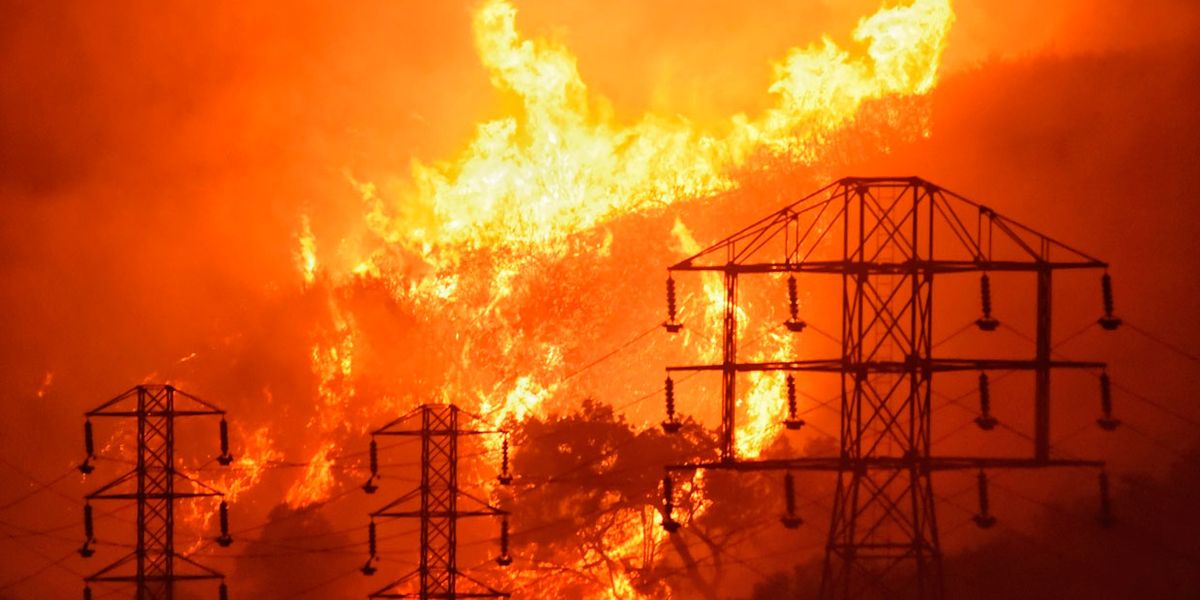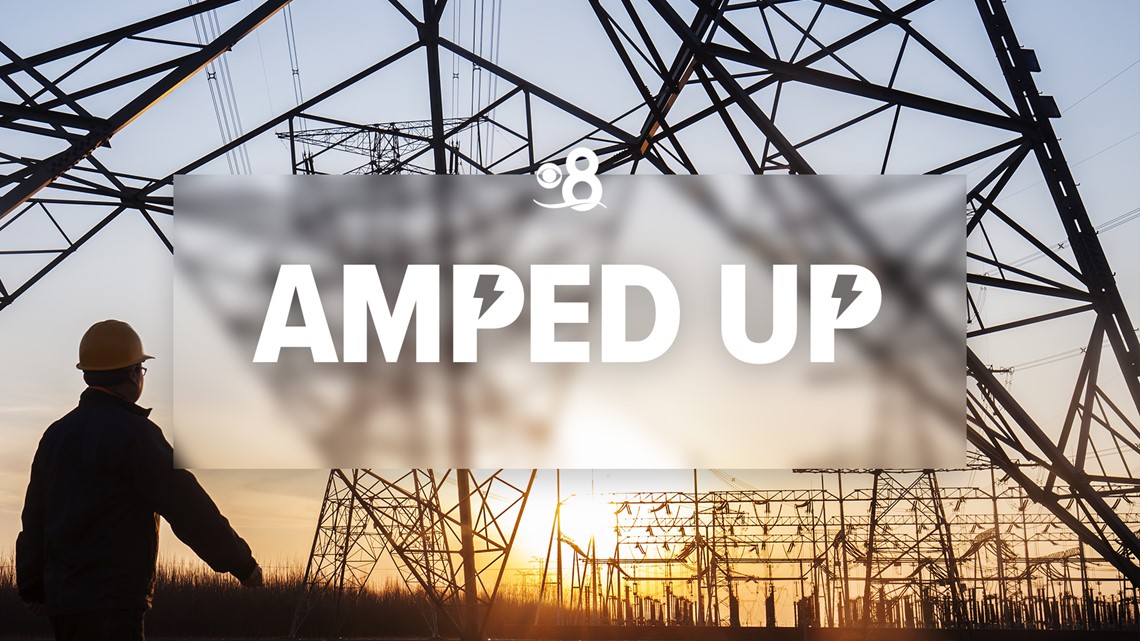sunwarriors
Active Member
Don't be fooled by PG&E's trick with the three cups and a pea. Undergrounding power lone costs are high, but sectionalizing the grid and installing synchrophasors (rapid shutdown arc fault devices) turn off segments before they can catch fire, and are much cheaper, and faster to implement. Look at SDG&E, which did it in ten years and for much less money that PG&E is proposing.

When Power Lines Break, a New Control System Keeps the Sparks From Flying
San Diego is rolling out synchrophasor tech for real‑time grid controlspectrum.ieee.org
I think undergrounding is a PR stunt. There are better, cheaper, solutions out there.
All the best,
BG
Probably true and as reported before, SDG&E has the most expensive power in the nation now. We haven't had any power shutoffs where I am at recently and you don't hear much about fire dangers after the 2007 Witch Creek fire. I think they spent a lot of $$ after that.
There are daily news reports now of how SDG&E is gouging consumers (which is true). For profit and utilities (required service) don't mix.
I agree that most rate payers are subsidizing rural areas and those folks in high risk fire danger areas aren't paying their fair share to build out the grid to their location for limited people. It's probably cheaper just to buy all of them solar/powerwalls and leave it at that.





